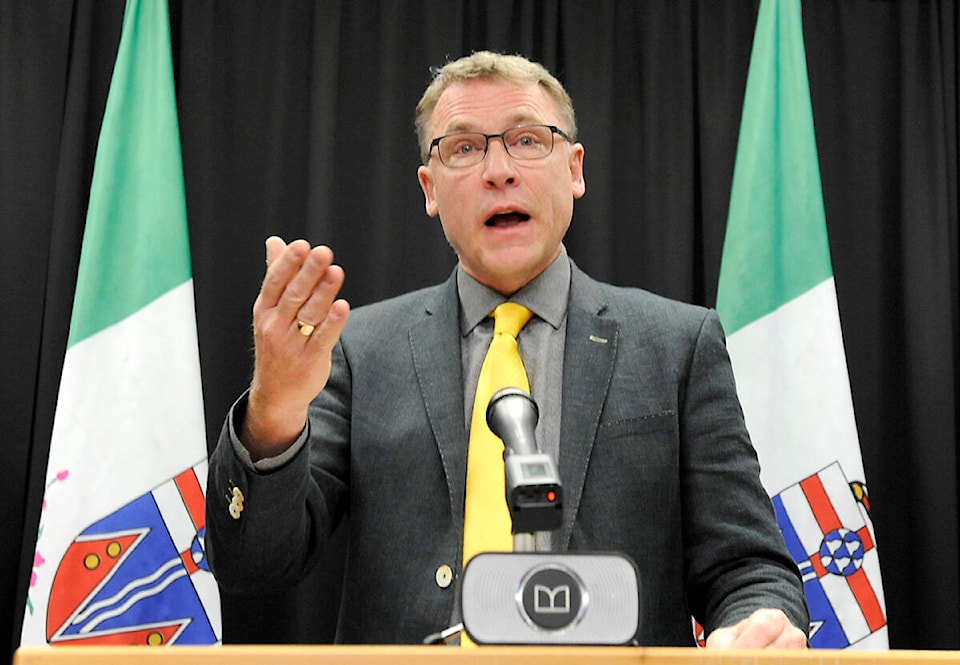A program aimed at helping Yukoners pay to make their homes and businesses more energy efficient has cleared the hurdle of the territorial legislature.
A vote on March 21 that passed amendments to the Assessment and Taxation Act and the Municipal Act will allow the Better Buildings program to go forward.
The new loan program would provide a loan of up to $50,000 for residential homeowners to make specific green energy improvements to their homes such as adding insulation or air sealing.
Despite supporting the climate change goals of the program, the Yukon NDP blocked the bill last sitting, concerned that the government hadn’t done enough consultation with municipalities. Municipalities had argued that the administration of the program would burden their governments.
On March 21, Community Services Minister Richard Mostyn said an agreement had been reached with those municipalities to cover their administrative costs.
“After the last session of this Legislature, we went out and worked with the municipalities on this. We actually came to a very good understanding from the municipalities — almost a forensic analysis of what some of the administrative pitfalls of such a program might be — and we worked with them to address those concerns,” he said.
As a result of the negotiations, larger local governments will receive up to $500 per application and smaller governments will receive up to $200. The government has asked municipalities to keep track of hours related to applications, in order to reevaluate this fee in two years.
The legislation passing is the first step in finalizing the program – Mostyn said policy work must be completed before municipalities sign on. Unincorporated communities, such as Carcross or Beaver Creek, would be administered directly by the Yukon government and be automatically opted in.
He said his hope is that government loans will begin flowing by the end of the year.
“We still have to go out and talk to every municipality, accommodate their own unique circumstances, and that what will happen in the lead up to the launch of the program. So we’ll get the communities like Whitehorse, Dawson, Watson Lake to come on board once we finish the negotiation,” he said.
Both the NDP and the Yukon Party supported the bill this sitting, although the Yukon Party took an opportunity during third reading of the bill to heavily criticize Mostyn’s work.
Yukon Party MLA Stacey Hassard accused the minister of “carelessness and inattention” and “bullying” of municipalities. His speech was interrupted three times by points of order when the opposition suggested his remarks were out of line.
Speaker Jeremy Harper noted the “temperature of the debate was rising” in the House and cautioned politicians from both sides of the aisle to rein themselves in.
Rising temperatures – outside the legislature – are the basis behind the new rebate program. The target in the Our Clean Future climate change strategy is to complete 2,000 residential, commercial and institutional energy efficiency retrofits by 2030.
Heating buildings accounts for 21 per cent of Yukon’s greenhouse gas emissions, and many older constructions are not as well-insulated as newer builds. As part of the program, the government plans to work with homeowners to determine upgrades that would result in at least a 20 per cent energy savings.
Loans would be attached to the property, rather than an individual, and could be transferred in a sale. The funds are meant to be both low-barrier and easy to access, tied to the Bank of Canada interest rate, which currently sits at 0.25 per cent.
Contact Haley Ritchie at haley.ritchie@yukon-news.com
